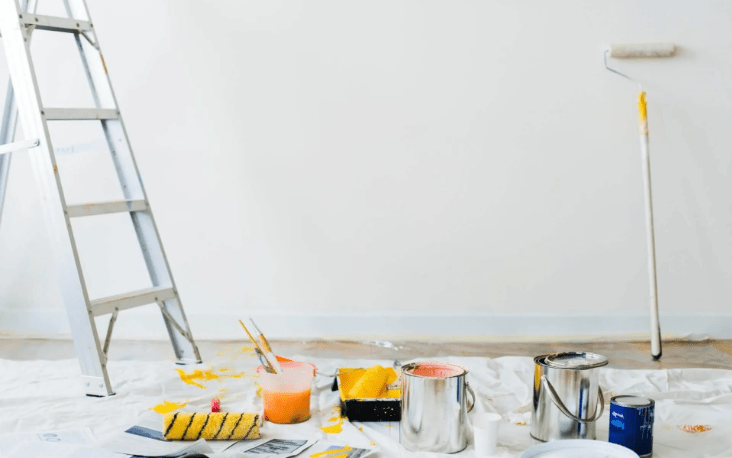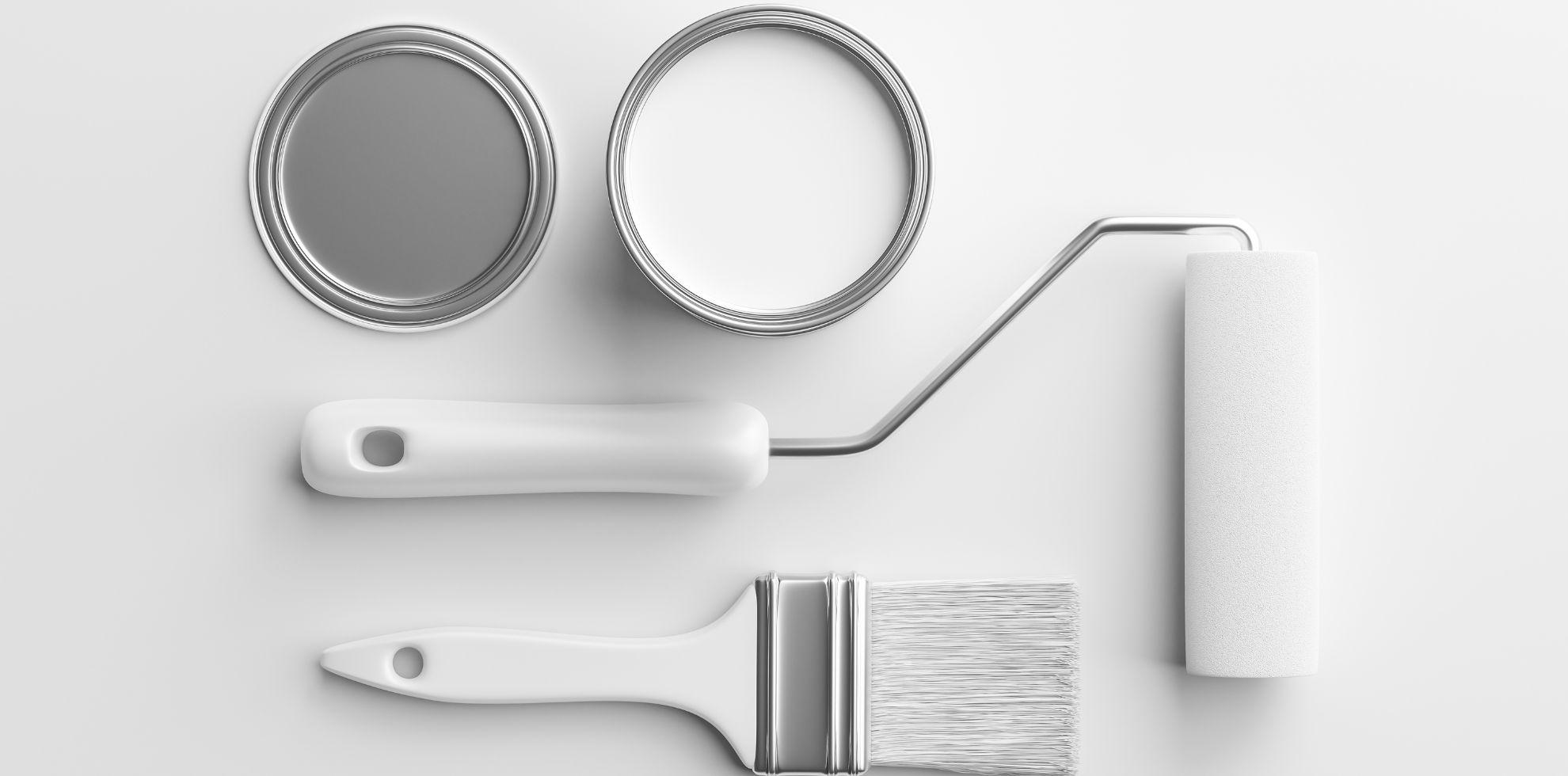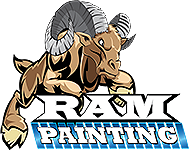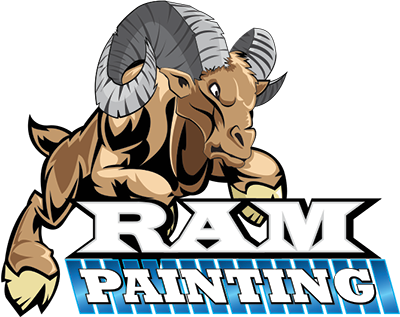
Painting Mistakes to Avoid: Common Pitfalls and How to Fix Them
Painting, be it on a canvas or a wall, is a gratifying task, yet it can be filled with unexpected challenges and common painting errors.
Whether you’re a novice DIYer attempting to refresh your space or a professional artist working on a new piece, avoiding painting blunders is crucial.
We’ve gathered a list of tips for flawless painting to guide you on your journey, help you understand how to fix painting mishaps, and prevent the dreaded paint smudges.
Not Preparing the Surface
Often overlooked, yet incredibly important, the initial step to any painting project is preparing the surface. Skipping this step can result in an uneven and unappealing finish, leading to a host of future problems.
Clean:
Dust, dirt, grease, and old paint residues can hinder the adhesion of new paint, resulting in peeling and chipping. To prevent this, clean the surface thoroughly with soapy water and let it dry completely.
Sand:
Uneven surfaces can lead to an inconsistent paint job. Sanding the surface helps smooth out any rough patches and provides a better base for the new paint to stick to. After sanding, be sure to clean off any leftover dust.
Prime:
Priming is especially essential for surfaces that have never been painted or have deep stains. It creates a sealed and uniform surface for the paint to adhere to, preventing the paint from soaking into the surface and leading to an uneven color distribution.
Using the Wrong Brushes or Rollers

Choosing the correct brushes and rollers is an integral part of a successful painting project. Every brush and roller type has a specific purpose, and using the wrong one can lead to visible brush marks, bubbles, and streaking.
For example, synthetic brushes are ideal for latex-based paints, while natural-bristle brushes are better for oil-based paints. Likewise, the texture of your roller should depend on the surface you’re painting – use a smooth roller for flat surfaces and a thicker one for textured surfaces.
Overloading the Brush
Overloading your paintbrush or roller is a prevalent mistake that results in drips and an uneven finish. Properly managing paint quantities is key, which involves dipping only a third of your brush into the paint. The paint tray’s grid or slope plays an essential role in this process, helping eliminate excess paint and ensuring a smooth, consistent application for a flawless finish.
Neglecting the Weather
When engaging in painting projects, always consider the weather’s impact. Whether working indoors or out, climate can have a significant influence. High humidity levels may prolong drying times, leading to unsightly runs and sags.
On the other hand, excessive heat can speed up drying too much, causing cracks and peelings. Therefore, understanding and adapting to weather conditions is a crucial aspect of painting that shouldn’t be overlooked.
Impatience
Impatience stands as a major pitfall in the realm of painting. It’s crucial to allow adequate drying time between coats, including the primer. Rushing these stages often results in flaws like noticeable paint strokes, bubbles, and eventual peeling.
Thus, exercising patience in painting is not just a virtue, it’s an essential part of the process to ensure quality results.
Painting Mistakes to Avoid | Conclusion
Mastering the art of painting is a journey, not a destination. It is a process that requires time, patience, and an understanding of the various nuances of the craft. From selecting the right brushes and rollers to understanding the influence of weather conditions, every detail matters. The tips provided in this article aim to enhance your painting experience, help you avoid common pitfalls, and lead you to more flawless results.
However, learning from your errors is the most essential aspect of becoming a proficient painter. Knowing how to identify and rectify painting mishaps swiftly not only improves your current project but also aids in avoiding such issues in future endeavors. It is through this continuous cycle of learning and implementing that true artistry in painting can be achieved.
Remember, every painting project is a new learning opportunity. Embrace it, and with each brushstroke, you will improve and refine your skills. Now go ahead and create your masterpiece!
FAQs (frequently asked questions)
How do I avoid brush marks when painting?
To avoid brush marks, use the right brushes, don’t overload your brush with paint, and maintain a wet edge when painting. Sanding between coats can also help achieve a smoother finish.
Why is my paint bubbling and how can I fix it?
Paint may bubble if the surface wasn’t clean before painting if the paint was applied when the surface was damp, or if the paint is old and contaminated. To fix it, scrape off the bubbles, sand the area smooth, clean, dry, prime, and repaint.
How many coats of paint do I need?
Typically, you should apply at least two coats of paint. However, the number of coats can depend on the color of the paint, the color of the underlying surface, and the type of paint being used.
How long should I wait between coats of paint?
It depends on the type of paint. Most latex paints feel dry within an hour or less but may not be fully dry for up to 4 hours. Oil-based paints may require 6-8 hours to dry. Always check the paint can for specific instructions.
Can I mix different brands of paint?
It’s generally not recommended to mix different brands of paint, as they can have different formulations that might not mix well together. Always test a small area first if you decide to do this.
What happens if I paint without priming?
Without a primer, the paint might not stick to the surface properly, leading to an uneven finish, and blotchy appearance, and the paint may peel off more easily. Priming helps seal the surface and provides a uniform base for the paint.

